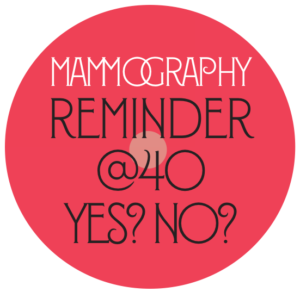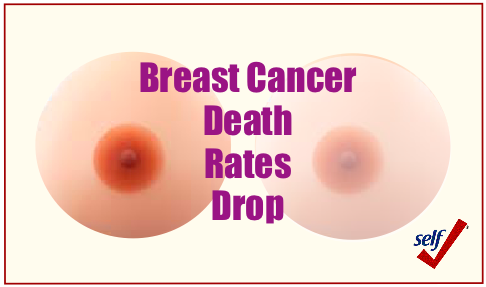The Best Age For Mammo Screening?
 A new University of Colorado School of Medicine study estimates thousands of U.S. lives could be saved if mammograms* were done every year from age 40 to 84.
A new University of Colorado School of Medicine study estimates thousands of U.S. lives could be saved if mammograms* were done every year from age 40 to 84.
A computer modeling to assess the three major mammogram recommendations was done: annual screening from age 40 to 84; annual screening at ages 45 to 54, then every other year from 55 to 79; or every other year from 50 to 74.
Study co-author R. Edward Hendrick says, “We know that screening mammography saves lives, what’s still a mystery is how many breast cancer deaths are averted by screening mammography and appropriate treatment.”
The researchers estimated how many lives would be saved if every U.S. woman born in 1960 followed one of the three above recommendations each year.
Deaths from breast cancer would fall by an average of 40 percent with annual screenings from 40 to 84, the investigators reported.
By comparison, breast cancer mortality would decline 31 percent with screening until age 79. And it would drop 23 percent with every-other-year mammography from 50 to 74, which is recommended by the U.S. Preventive Services Task Force.
The number of lives saved from breast cancer would be about 29,400 with annual screening from age 40 to 84; and about 22,800 and 17,200, respectively, for the other two recommendations, the researchers found.
Currently, only about half of women over 40 get mammogram screening at least once every two years, even though one in eight is expected to develop breast cancer in their lives, Hendrick said.
Of course, false positive results that require additional and unnecessary screening remain a concern. But, according to Hendrick, “the average woman in her 40s getting annual screening can expect this to occur about once every 12 years.”
As usual, there is still controversy from these findings. Chec with your health professional to determine your next steps, according to your individual family health history. Your guidelines may even be earlier than 40.
*Men at higher risk should get checed beginning at age 35. Men with normal risk, age 40.
Back to
WOMEN’S BREASTS
MEN’S BREASTS




